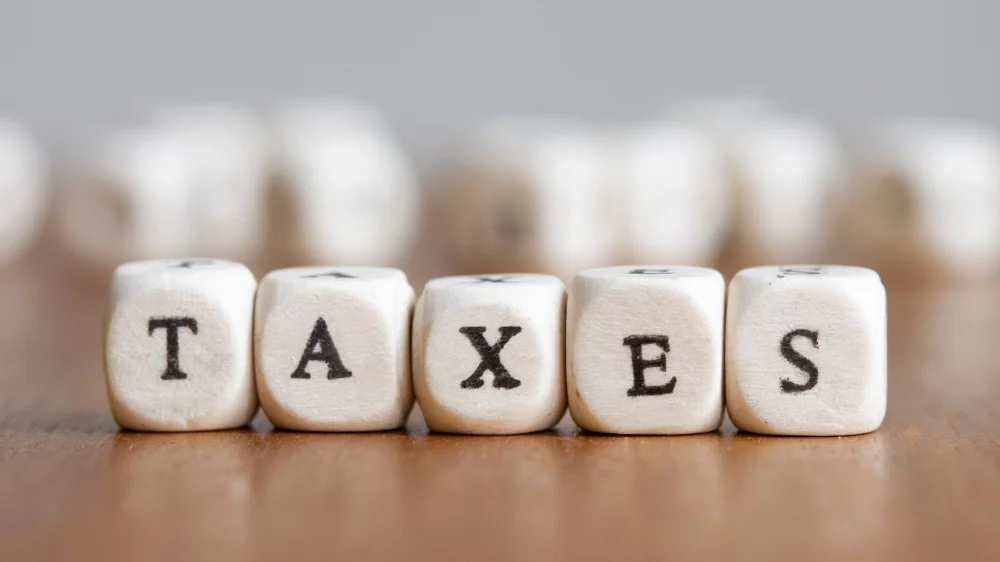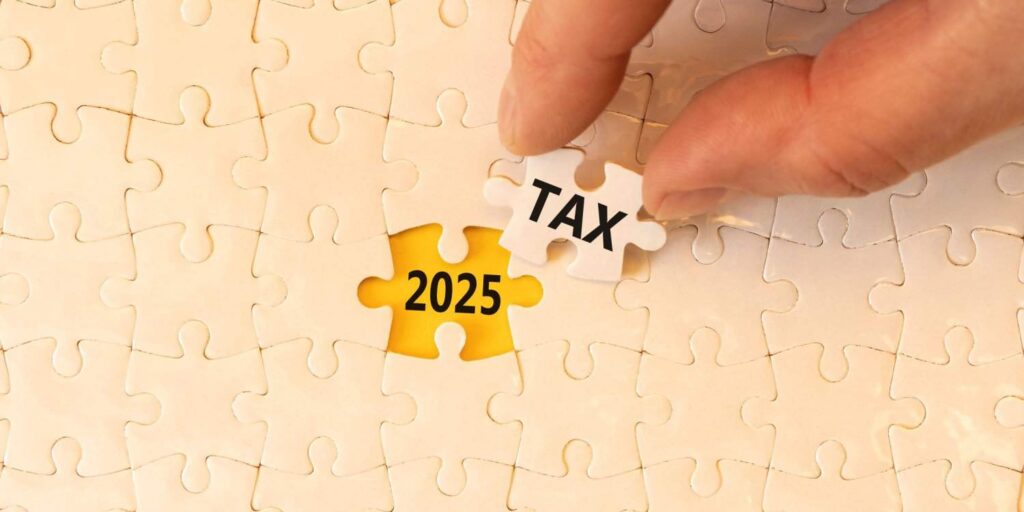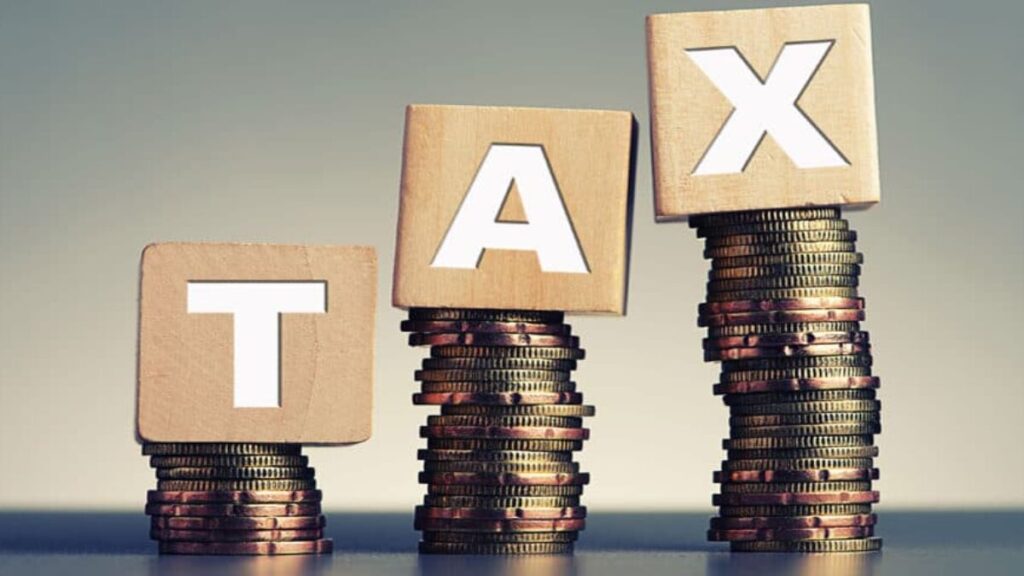The inevitability of death and UK Tax Guide is a well-known adage, yet the specifics of taxation, particularly income tax rates, are subject to change. The 2025/26 tax year, which commenced on 6 April 2025, brings a continuation of frozen tax thresholds in England, Wales, and Northern Ireland, while Scotland has introduced adjustments to its tax bands. This comprehensive guide aims to elucidate the key components of the UK tax system for the 2025/26 tax year, covering personal allowances, income tax bands, national insurance contributions, capital gains tax, dividend tax, inheritance tax, and pension tax relief. By understanding these elements, individuals can better navigate their financial obligations and optimize their take-home pay.
For those seeking to estimate their net income after deductions, including pension contributions and student loan repayments, utilizing a free Income Tax Calculator is recommended. Such tools provide a clear breakdown of how taxes impact your earnings, offering a practical starting point for financial planning.

Personal Tax Allowance
What is the Personal Tax Allowance?
The personal tax allowance represents the amount of income an individual can earn annually without incurring income tax. For the 2025/26 tax year, the standard personal allowance is set at £12,570 for most individuals. This tax-free threshold ensures that earnings up to this amount remain untaxed, providing a foundational benefit for all taxpayers.
However, the personal allowance is not static for all income levels. For individuals earning between £100,000 and £125,140, the allowance decreases by £1 for every £2 earned above £100,000. Consequently, those with incomes exceeding £125,140 receive no personal allowance, meaning all their earnings are subject to income tax.
Special Circumstances
Certain groups qualify for additional allowances. For instance, individuals who are blind are entitled to an extra £3,070 allowance, increasing their tax-free income. Married couples or those in civil partnerships may also benefit from specific tax provisions, such as the Marriage Allowance, which allows the lower-earning partner to transfer up to £1,260 of their personal allowance to their spouse or civil partner, potentially reducing the couple’s overall tax liability by up to £252 in the 2025/26 tax year.
Personal Savings Allowance
In addition to the personal tax allowance, individuals benefit from a personal savings allowance, which permits tax-free interest on savings. For basic-rate taxpayers, this allowance is £1,000, while higher-rate taxpayers receive £500. Those in the additional-rate tax bracket do not qualify for a personal savings allowance. This provision is particularly relevant for individuals earning interest from savings accounts, ensuring a portion of their interest income remains untaxed.
Read More: KFC Promotions and Discounts
Income Tax Bands
How Income Tax Bands Work
Income tax in the UK operates on a marginal tax band system, meaning individuals only pay the specified tax rate on the portion of their income that falls within each band. Earnings up to the personal allowance are tax-free, while income above this threshold is taxed according to the applicable rate. The system ensures fairness by taxing higher earners at progressively higher rates, while lower earners benefit from lower or zero tax rates.
Income Tax Rates in England, Wales, and Northern Ireland
For residents of England, Wales, and Northern Ireland, the income tax bands for the 2025/26 tax year are as follows:
- Personal Allowance (up to £12,570): No income tax is payable.
- Basic Rate (£12,571 to £50,270): 20% tax on income within this band.
- Higher Rate (£50,271 to £125,140): 40% tax on income within this band. Note that the personal allowance reduces by £1 for every £2 earned between £100,000 and £125,140.
- Additional Rate (over £125,140): 45% tax on income above this threshold.
For example, an individual earning £60,000 would pay no tax on the first £12,570, 20% tax on the next £37,700 (£7,540), and 40% tax on the remaining £9,730 (£3,892), resulting in a total income tax liability of £11,432, excluding national insurance.

Income Tax Rates in Scotland
Scotland operates a distinct income tax system with six marginal tax bands for the 2025/26 tax year:
- Personal Allowance (up to £12,570): No income tax is payable.
- Starter Rate (£12,571 to £15,397): 19% tax on income within this band.
- Basic Rate (£15,398 to £27,491): 20% tax on income within this band.
- Intermediate Rate (£27,492 to £43,662): 21% tax on income within this band.
- Higher Rate (£43,663 to £75,000): 42% tax on income within this band. The personal allowance reduces by £1 for every £2 earned between £100,000 and £125,140.
- Advanced Rate (£75,001 to £125,140): 45% tax on income within this band.
- Top Rate (over £125,140): 48% tax on income above this threshold.
For instance, a Scottish resident earning £50,000 would pay no tax on the first £12,570, 19% on the next £2,827 (£537.13), 20% on the next £12,094 (£2,418.80), 21% on the next £16,171 (£3,395.91), and 42% on the remaining £6,338 (£2,661.96), totaling £8,013.80 in income tax, excluding national insurance.
National Insurance Contributions
Overview of National Insurance
National insurance contributions (NICs) are a separate deduction from income tax, impacting most UK workers from age 16 until state pension age. These contributions fund state benefits, including the state pension, unemployment benefits, and the National Health Service. The rates for the 2025/26 tax year vary depending on employment status and earnings.
National Insurance Rates for Employees
For employed individuals, Class 1 national insurance rates are:
- Earnings under £242 per week (£12,570 annually): No national insurance is payable.
- Earnings between £242 and £967 per week (£12,570 to £50,270 annually): 8% on earnings within this band.
- Earnings over £967 per week (over £50,270 annually): 8% on earnings between £242 and £967 per week, plus 2% on earnings above £967 per week.
For example, an employee earning £60,000 annually would pay 8% on £37,700 (£3,016) and 2% on £9,730 (£194.60), totaling £3,210.60 in national insurance contributions.
National Insurance for the Self-Employed
Self-employed individuals pay Class 4 national insurance contributions, which are calculated through their self-assessment tax return. The rates mirror those for employees, but additional Class 2 contributions may apply for profits above a certain threshold. For precise calculations, individuals should consult the HMRC website or a tax professional, as rules can be complex.
Addressing Gaps in National Insurance Contributions
Individuals with gaps in their national insurance record, perhaps due to periods of unemployment or working abroad, may need to make voluntary contributions to maintain eligibility for the full state pension. The HMRC website provides guidance on checking and addressing contribution gaps.
Capital Gains Tax
Understanding Capital Gains Tax
Capital gains tax (CGT) applies when individuals sell or gift assets worth more than £3,000, excluding main homes, cars, and certain other assets. Each individual has an annual exempt amount of £3,000, meaning gains up to this threshold are tax-free. Gains above this amount are taxed based on the individual’s income tax band.
Capital Gains Tax Rates for 2025/26
- Standard Rate: 18% on residential property and other assets for basic-rate taxpayers.
- Higher Rate: 24% on residential property and other assets for higher- and additional-rate taxpayers.
The applicable rate depends on the individual’s total taxable income, including the gain. For instance, a basic-rate taxpayer selling an asset with a £10,000 gain would pay 18% on £7,000 (£1,260) after the £3,000 exemption. Reporting and paying CGT to HMRC is required within 60 days of the sale’s completion.
Transfers Between Spouses
Gifting or selling assets to a spouse or civil partner is typically exempt from CGT, provided the couple lives together. This can be a strategic way to utilize both partners’ annual exempt amounts.

Dividend Tax
Dividend Tax Overview
Dividends, payments made by companies to shareholders, are subject to tax when they exceed the tax-free dividend allowance, which is £500 for the 2025/26 tax year. Dividends held within a stocks and shares ISA are always tax-free, offering a significant advantage for investors.
Dividend Tax Rates for 2025/26
- Basic Rate: 8.75% on dividends above £500.
- Higher Rate: 33.75% on dividends above £500.
- Additional Rate: 39.35% on dividends above £500.
For example, an individual receiving £2,000 in dividends would pay tax on £1,500. If they are a basic-rate taxpayer, the tax would be £131.25 (8.75% of £1,500). Dividend income exceeding £500 must be reported to HMRC, typically through a self-assessment tax return.
Inheritance Tax
Basics of Inheritance Tax
Inheritance tax (IHT) is levied on the estate of a deceased individual, calculated based on the estate’s value after deducting debts. The standard tax-free threshold is £325,000, but this can increase to £500,000 or £1 million in certain cases, such as when a home is left to direct descendants.
Inheritance Tax Rates for 2025/26
- Estates valued below £325,000: No IHT is payable.
- Estates valued above £325,000: 40% tax on the excess, or 36% if at least 10% of the estate (after deductions) is left to charity.
- Exemptions: No IHT is due if the estate is left to a spouse, civil partner, charity, or community amateur sports club.
For example, an estate worth £500,000 left to a non-exempt beneficiary would incur 40% tax on £175,000 (£70,000), assuming no additional allowances apply. Detailed planning, including utilizing spousal exemptions or charitable donations, can significantly reduce IHT liability.
Pension Tax Relief
Tax Benefits of Pension Contributions
Pensions offer attractive tax relief, encouraging retirement savings. Basic-rate taxpayers receive 20% tax relief automatically, meaning an £80 contribution is topped up to £100. Higher-rate taxpayers (40%) and additional-rate taxpayers (45%) can claim additional relief through their tax returns, as can Scottish taxpayers paying 21%, 42%, or 48% rates.
Non-Taxpayers and Pension Contributions
Non-taxpayers contributing to a pension receive relief up to a £2,880 annual contribution, topped up to £3,600 by the state. This ensures that even those with low incomes can benefit from pension tax incentives.
Annual Allowance
The annual allowance for pension contributions, including personal contributions, employer contributions, and tax relief, is £60,000. However, for individuals with incomes over £260,000, this allowance tapers, reducing by £1 for every £2 of income above £260,000, down to a minimum of £10,000. The abolition of the lifetime allowance in April 2024 means there is no cap on total pension savings eligible for tax relief, though tax-free lump sums are capped at £268,275.
FAQ’s
What is the personal tax allowance for the 2025/26 tax year?
The personal tax allowance for most individuals in the 2025/26 tax year is £12,570, meaning you pay no income tax on earnings up to this amount. However, if your income is between £100,000 and £125,140, the allowance reduces by £1 for every £2 earned above £100,000, and it drops to £0 for incomes over £125,140. Blind individuals receive an additional £3,070 allowance.
How do income tax bands differ between Scotland and the rest of the UK?
In England, Wales, and Northern Ireland, there are three income tax bands: 20% (basic rate, £12,571–£50,270), 40% (higher rate, £50,271–£125,140), and 45% (additional rate, over £125,140). Scotland has six bands: 19% (starter rate, £12,571–£15,397), 20% (basic rate, £15,398–£27,491), 21% (intermediate rate, £27,492–£43,662), 42% (higher rate, £43,663–£75,000), 45% (advanced rate, £75,001–£125,140), and 48% (top rate, over £125,140).
What are the national insurance contribution rates for 2025/26?
For employees, no national insurance is payable on earnings below £242 per week (£12,570 annually). Earnings between £242 and £967 per week (£12,570–£50,270 annually) are taxed at 8%, and earnings above £967 per week are taxed at 8% on the portion up to £967 and 2% on the excess. Self-employed individuals pay Class 4 contributions, calculated via self-assessment, with similar rates.
How does capital gains tax work in the 2025/26 tax year?
Capital gains tax (CGT) applies to gains from selling or gifting assets worth over £3,000, excluding main homes and cars. The annual exempt amount is £3,000. Gains above this are taxed at 18% (basic-rate taxpayers) or 24% (higher- and additional-rate taxpayers) for residential property and other assets. CGT must be reported and paid within 60 days of the sale.
What is the tax-free dividend allowance for 2025/26?
The tax-free dividend allowance is £500. Dividends above this are taxed at 8.75% for basic-rate taxpayers, 33.75% for higher-rate taxpayers, and 39.35% for additional-rate taxpayers. Dividends within a stocks and shares ISA are tax-free, and any taxable dividend income over £500 must be reported to HMRC.
Conclusion
Navigating the UK tax system for the 2025/26 tax year requires understanding personal allowances, income tax bands, national insurance contributions, and additional taxes such as capital gains, dividend, and inheritance tax. By leveraging allowances, exemptions, and tax relief opportunities, individuals can optimize their financial position. Tools like the Income Tax Calculator and resources from HMRC or financial advisors can provide further clarity, ensuring compliance and maximizing take-home pay. This guide serves as a comprehensive resource for managing tax obligations effectively in the 2025/26 tax year.
